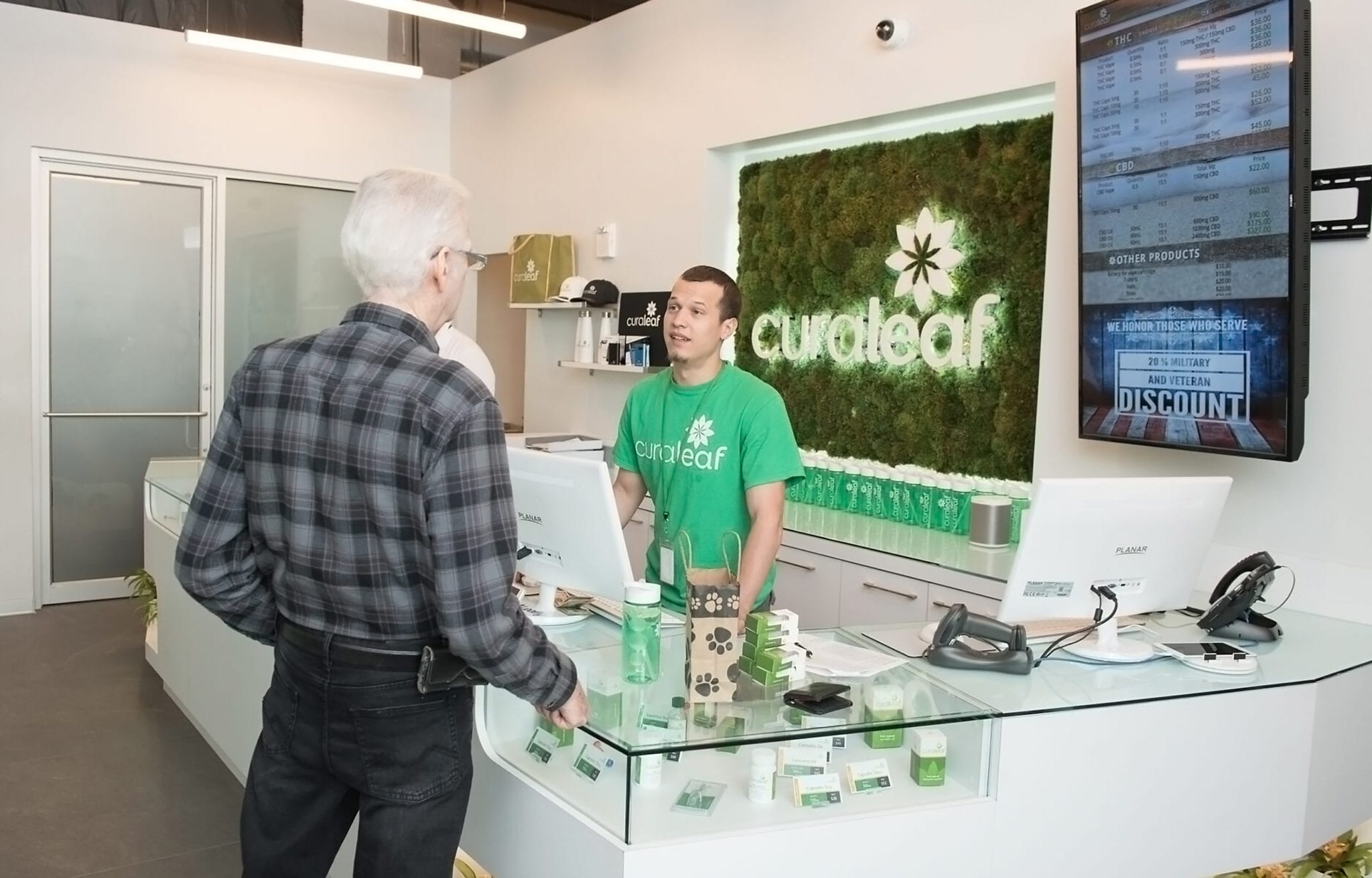Curaleaf Holdings Inc. (CSE:CURA) reported second-quarter earnings late Tuesday that showed widening losses and lower-than-expected revenue. But shares of the U.S. cannabis giant jumped 6 per cent Wednesday as it also forecast more than $1 billion in 2020 revenue.
During the second quarter ended June 30, the company recorded sales of $48.5 million, which was up 38 per cent from Q1 and 231 per cent from the prior year period — but missed analysts expectations of $49.8 million.
The company incurred a net loss of $24.5 million, which was up from the $4.9 million loss it recorded in the year-ago quarter (all figures in U.S. dollars).
Adjusted EBITDA positive for the first time
Curaleaf posted a positive second-quarter adjusted EBITDA, a rare check mark for a cannabis company, demonstrating some sort of profitability. At $3.4 million, it was nearly an exact reverse from the $3.8 million loss in the year-ago period.
Some of the items the company removed from its net loss to arrive at a positive adjusted EBITDA figure are: income tax expenses of $8.2 million, depreciation and amortization totalling $7.2 million, one-time charges of $5.3 million, as well as other line items.
While adjusted EBITDA may not be a standard accounting number, it’s often used by analysts and investors to gauge how the company did without all the noise, particularly from non-cash items. But without standardization of what is or isn’t included, an adjusted EBITDA can vary.
“The most important thing about this quarter, it was a turning point for our company…we turn profitable on an EBITDA basis." Our Chairman, Boris Jordan, sat down with @SquawkStreet to discuss our 2Q earnings and the #cannabis industry. Check it out: https://t.co/3yzp47MSdr
— Curaleaf (@Curaleaf_Inc) August 28, 2019
Pro-forma revenues offer glimpse into company’s future
Another adjusted number that looked strong for Curaleaf was pro-forma revenue. At $110.9 million for the quarter, it included sales from both large pending acquisitions of West Coast cannabis-oil maker Select and Chicago-based Grassroots.
Although Curaleaf isn’t able to include them in its net income just yet, it helps investors see what the company could look like once all the deals are finalized. And by next year these combined numbers could be even stronger as Curaleaf could benefit from strong organic growth, gaining access to as many as 19 U.S. states with its latest acquisitions.
In an earnings call, Curaleaf executives provided investors with a $1 billion to $1.2 billion revenue guidance in 2020. GMP analyst Robert Fagan said the company’s large pending acquisitions and a significant capacity expansion plans should allow it to reach its lofty forecast. Curaleaf said its Grassroots deal gives it 1 million square feet in cultivation capacity, but its expandable to 2.1 million square feet in 2020.
Curaleaf eyeing more growth
When Curaleaf announced its Grassroots deal it said it will make it the largest marijuana company, and it sees even further growth on the horizon.
– Joseph Lusardi, CEO of Curaleaf
With only $107 million in cash on its books, the options for Curaleaf to expand may seem limited to mainly stock deals.
However, the company announced earlier this week a $28.3 million sale-leaseback deal with Freehold Properties for six of its properties. The company said it will use the fresh capital to further expand its cannabis business.
"This transaction provides an additional stream of liquidity for us with an attractive cost of financing previously not available in our industry." #Curaleaf CEO Joe Lusardi on our sale-leaseback agreement with Freehold Properties. https://t.co/QT3lENozXK $CURA $CURA.C $CURLF pic.twitter.com/rZCQf1Iy13
— Curaleaf (@Curaleaf_Inc) August 28, 2019
Curaleaf is looking poised to be the top cannabis company in the industry based on its major forecasts and massive U.S. footprint. As more states legalize and competition ramps up, Curaleaf has a big advantage with strong market share already.
That being said, the company’s acquisitions still requiring closing. The U.S. Department of Justice is currently conducting antitrust reviews with several large pending acquisitions in the cannabis sector to make sure they are being done legally — ironically while pot remains illegal at the federal level.
Another issue hovering close to Curaleaf is the lack of U.S. federal guidelines for the use of CBD. The company’s executive chairman, Boris Jordan, on Tuesday blasted the ambiguity and lack of transparency from the Food and Drug Administration about what the rules are for CBD. In July, the FDA issued a warning letter to Curaleaf for making misleading claims with its CBD products online.














